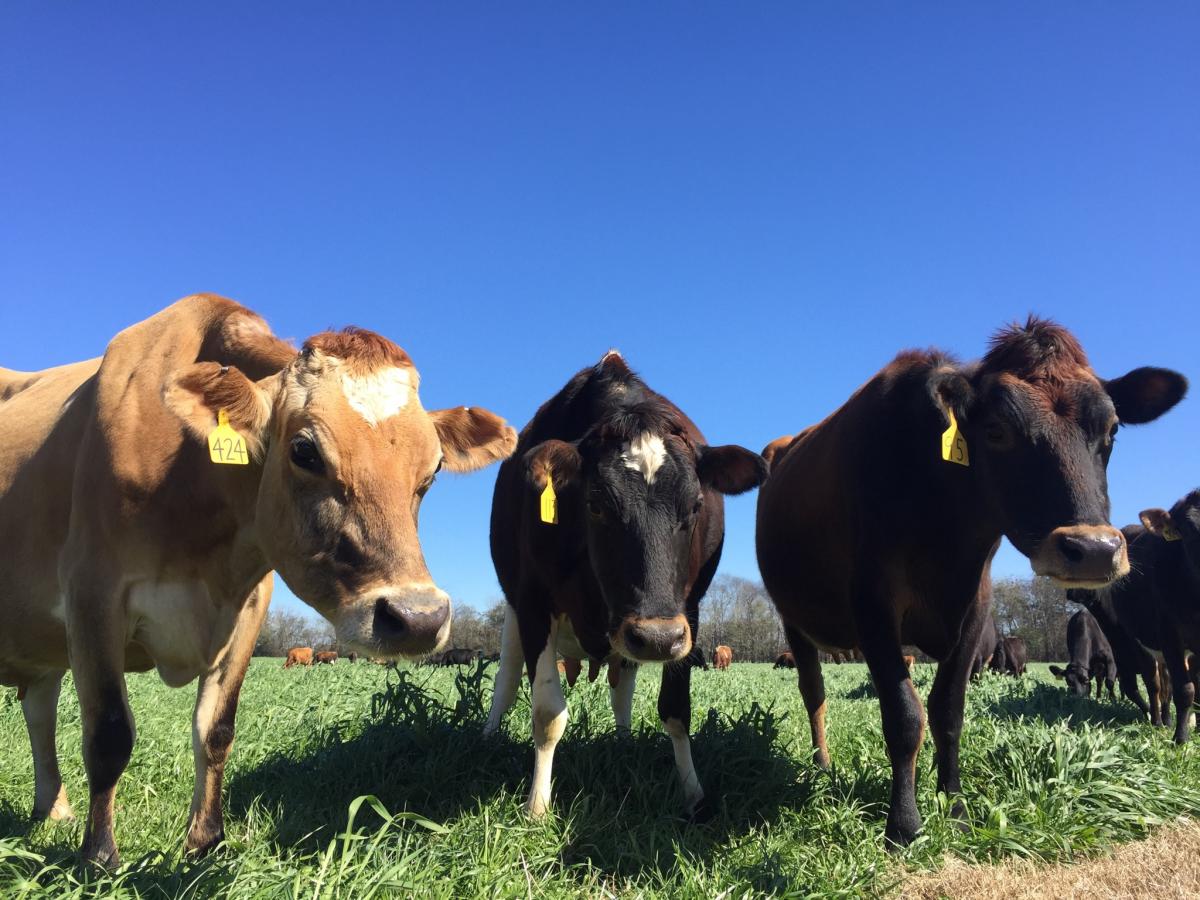Court Action in January May Trigger Air Emissions Reporting Requirement
January 5, 2018
 National Milk continues to advise dairy farmers not to file ammonia-related air emissions reports until an appeals court issues a mandate that triggers a reporting requirement – an action that could be taken later this month.
National Milk continues to advise dairy farmers not to file ammonia-related air emissions reports until an appeals court issues a mandate that triggers a reporting requirement – an action that could be taken later this month.
At issue is the extent to which livestock operations will have to report manure-related emissions under the Comprehensive Environmental Response, Compensation, and Liability Act (CERCLA) regulation, and the Emergency Planning Community Right to Know Act (EPCRA). In 2008, EPA provided a broad exemption of all livestock operations from reporting requirements. However, last April, a federal appeals court ended EPA’s exemption for reporting of livestock air emissions under CERCLA/EPCRA, following legal challenges made by activist groups.
EPA sought and was granted additional time from the court to delay the effective compliance date so that the agency could develop materials to help farmers understand their obligations. In late October, the EPA filed a motion requesting that the stay remain in place until January 2018. The D.C. Court of Appeals should issue its mandate by Jan. 22, which may trigger reporting for many dairy producers.
EPA estimates that a single dairy cow emits 0.07 pounds of ammonia per day. Given that the ammonia threshold is 100 pounds per day, NMPF estimates that it will take approximately 1,428 cows to trigger reporting to the National Response Center. EPA has said that no one is obligated to use the 0.07 emission factor, and instead says farmers “may establish estimated quantities of releases by relying on: past release data, engineering estimates, your knowledge of the facility’s operations and release history, or your best professional judgment.”
Once the mandate is issued, if a farm has more than 1,428 cows, operators should consider reporting to the National Response Center via email within 24 hours of understanding the reporting obligation. Dairy operators must identify the reportable release as an “initial continuous release notification,” then submit an initial written notification to the EPA Regional Office within 30 days, and one year later submit an additional follow-up written notification to the EPA Regional Office.
For farms with fewer than 1,428 cows, NMPF suggests calculating emissions on paper, signing and dating it in front of a notary, and keeping it on file to defend against activists who may try to initiate litigation against livestock operations. NMPF staff are prepared to assist dairy operators with compliance efforts if the emissions reporting requirement is implemented in the coming weeks. Contact Clay Detlefsen for more information.
Further, farm owners and operators in compliance with their Animal Feeding Operation Air Compliance Agreement are not expected to report air releases of hazardous substances from animal wastes under CERCLA and EPCRA. Per that agreement, participants must report air releases of hazardous substances equal to or exceeding the hazardous substances’ reportable quantities under CERCLA only when EPA completes the National Air Emissions Monitoring Study.
NMPF continues to work with other animal agriculture organizations, EPA and members of Congress to find a long-term solution that will preclude the need to file air emission reports stemming from the natural decomposition of manure.






